*
With all the low flow fixture requirements today,
is there any reason to not supply more than one fixure with 1/2″ pipe? Perhaps “code” is obsolete
in this regard. Smaller pipe in long runs may save
energy; no need to run all that cold water out to get some hot and not so much latent heat disapating in the lines.
Discussion Forum
Discussion Forum
Up Next
Video Shorts
Featured Story
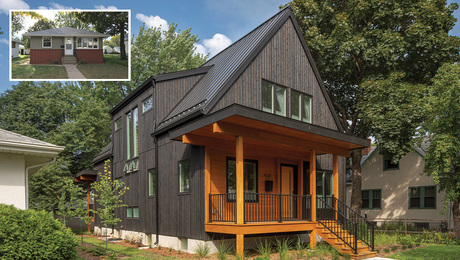
A small and dated house lends its foundation to a stylish new home with more than twice the space.
Featured Video
SawStop's Portable Tablesaw is Bigger and Better Than BeforeHighlights
Fine Homebuilding Magazine
- Home Group
- Antique Trader
- Arts & Crafts Homes
- Bank Note Reporter
- Cabin Life
- Cuisine at Home
- Fine Gardening
- Fine Woodworking
- Green Building Advisor
- Garden Gate
- Horticulture
- Keep Craft Alive
- Log Home Living
- Military Trader/Vehicles
- Numismatic News
- Numismaster
- Old Cars Weekly
- Old House Journal
- Period Homes
- Popular Woodworking
- Script
- ShopNotes
- Sports Collectors Digest
- Threads
- Timber Home Living
- Traditional Building
- Woodsmith
- World Coin News
- Writer's Digest
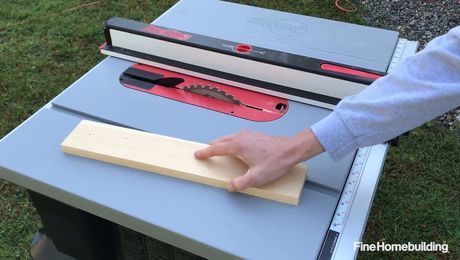
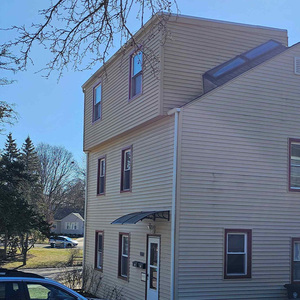
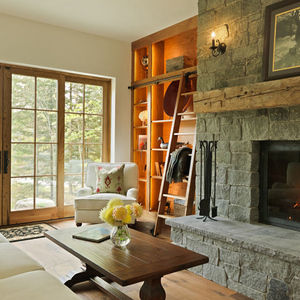
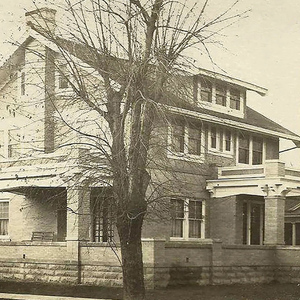
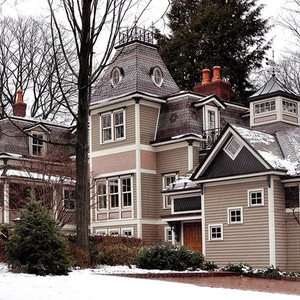













Replies
*
With the exception of shower heads and possibly lavatory faucets, low water consumpion fixtures do not equate to low flows. 1.6 gal toilets require the same flow but less time to fill. Bath spouts take the same flow. Kitchen faucets, dishwashers, washing machines all take the same flow. Putting two much demand on a single line can cause fluxuations in pressure that are undesirable.
The difference in heat loss between 3/4" and 1/2" pipe is minor. It does take longer to get hot water at a low flow shower. This can be delt with by letting the water "warm up" using full hot at the tub spout if there is one, or full hot at the shower if there is not. Be sure to adjust the temperature once hot water arrives. Extremely hot water is not desirable except at the dishwasher.
*Our new kitchen faucet definitely restricts flow quite a bit; it is fed by a 3/4" line and yet is the slowest in the house. The 3/4" line does hold twice as much water, hence slower delivery of hot, but the piddly mount of water involved (a pint? a quart?) probably doesn't add up to much energy waste. Everything is a tradeoff ... I would generally pick the larger line for multi-fixture or high-flow runs to assure adequate pressure and avoid high-velocity flow problems like hammering and wear. Really spread out ranch houses and such would need careful planning.
*
With all the low flow fixture requirements today,
is there any reason to not supply more than one fixure with 1/2" pipe? Perhaps "code" is obsolete
in this regard. Smaller pipe in long runs may save
energy; no need to run all that cold water out to get some hot and not so much latent heat disapating in the lines.